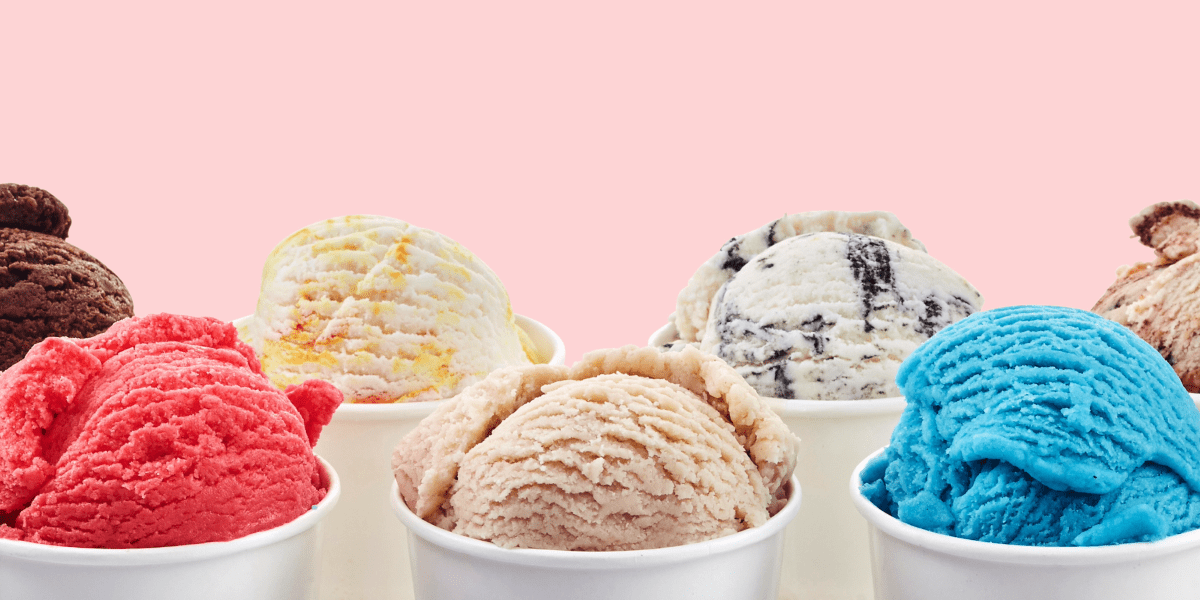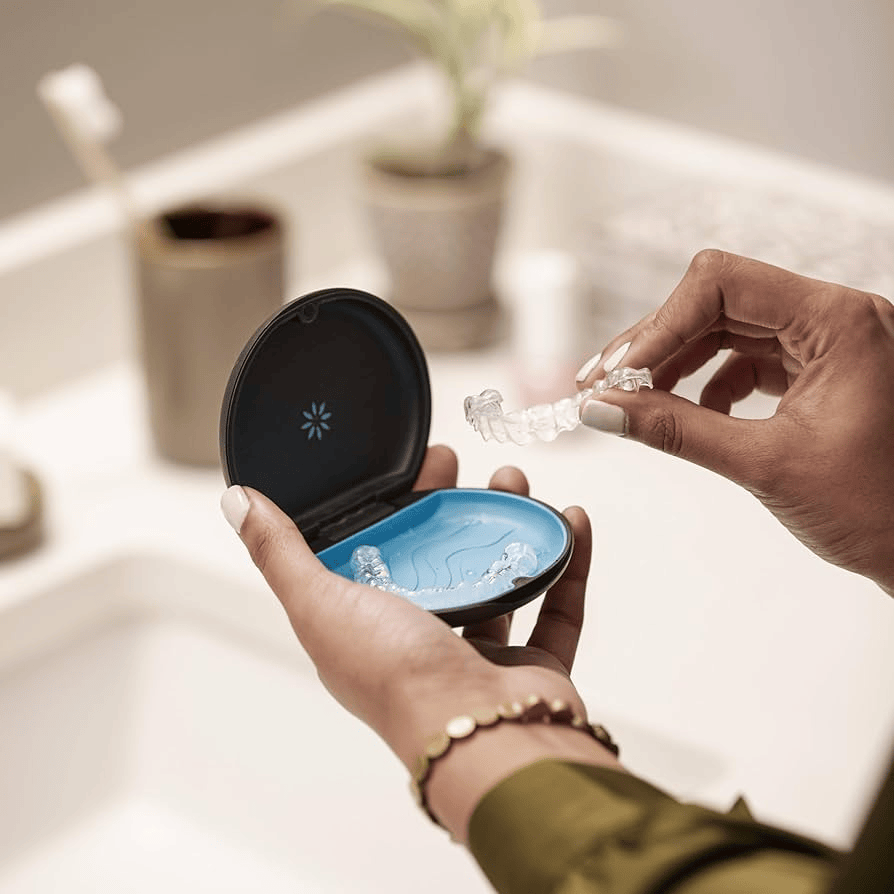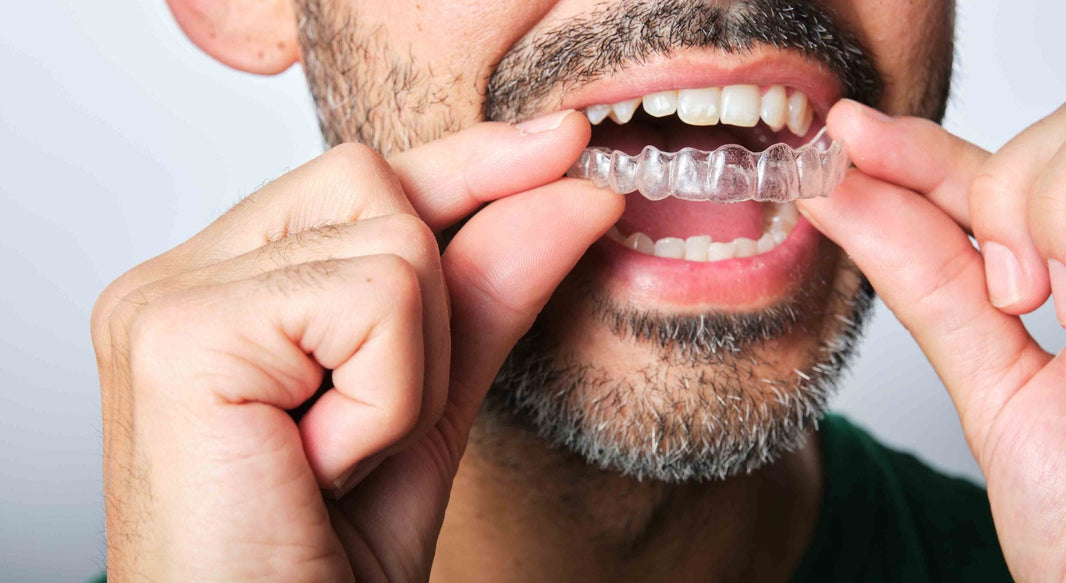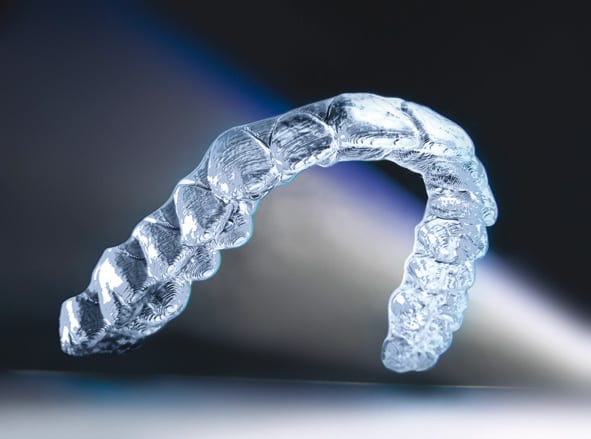Ice cream and braces might sound like a risky duo—but they’re actually more compatible than you might expect. For adults with braces or parents managing a child’s treatment, understanding which treats are safe is key to avoiding setbacks. The good news? Ice cream is generally braces-approved—as long as you avoid the mix-ins that cause damage.
Table of contents
A Frozen but Friendly Treat
Is Ice Cream Safe for Braces?
Yes, ice cream is one of the few desserts that’s safe to enjoy during orthodontic treatment. It’s cold, soft, and melts in your mouth, which means it’s gentle on brackets, wires, and other dental hardware. This makes it suitable for all types of braces—whether you’re wearing traditional metal braces, clear braces for adults, or ceramic dental braces. Its smooth texture reduces the risk of snapping a bracket or bending a wire, making it a go-to comfort food during treatment.
However, not all scoops are created equal. The problem arises when ice cream is packed with hard or sticky mix-ins—like nuts, caramel chunks, or cookie crumbles. These additions might seem harmless but can actually crack brackets, wedge between wires, or put unnecessary pressure on sensitive teeth. So while the base is fine, the toppings need a second thought. If you’re unsure, the safest option is to stick to creamy, simple flavors without the crunch.


The Best Types of Ice Cream for People with Braces
You can even enjoy fruit-based sorbets or whipped frozen treats that give you the same chill factor without putting pressure on your brackets. When it comes to ice cream, the safest choices are those that are smooth and free of any chunks. These brace-friendly options let you indulge without risking damage:
Soft serve or traditional creamy flavors like vanilla, chocolate, or strawberry.
Frozen yogurt with no crunchy toppings.
Blended desserts like milkshakes or smoothies.
Homemade ice cream where you control the texture and ingredients.
When Ice Cream Isn’t Ideal
Despite being a safe option overall, ice cream does come with a few caveats. First, for patients with sensitive teeth—especially adults with braces or those sporting metal dental braces—the cold temperature might trigger sharp discomfort.
Second, ice cream is packed with sugar, which, when combined with braces, can significantly increase the risk of plaque buildup and cavities.
Lastly, colored ice creams, especially artificial ones, can stain the elastic ligatures on color braces, leaving an unwanted tint. To minimize these issues, opt for low-sugar or sugar-free varieties, and rinse your mouth or brush your teeth shortly after eating. If you’ve chosen clear braces for adults or are wearing colored bands, you’ll also want to avoid dyes that could leave a mark.
Why Toppings Can Be a Problem
The base might be soft and soothing, but the extras are where the trouble begins. Ice cream flavors that include crunchy or sticky elements can jeopardize your braces. Toppings such as nuts, caramel swirls, hard chocolate shells, and candy pieces can easily snap brackets or dislodge wires.
The sugar content is another factor; frequent sugary treats without proper hygiene can contribute to plaque buildup, tooth decay, and white spots on your teeth. Here’s why orthodontists urge caution:
Hard mix-ins can snap wires and brackets.
Sticky toppings can get lodged in brackets and be difficult to clean.
Sugary content encourages plaque buildup, especially if oral hygiene isn’t thorough.

How to Enjoy Ice Cream Safely with Braces
There’s no reason to skip dessert if you have braces, but be strategic. Focus on simple, soft ice creams and skip the crunchy or sticky mix-ins. Choose smooth textures and follow up with proper brushing and flossing to prevent sugar from settling on your brackets and wires. Whether you're wearing colored braces or ceramic dental braces, moderation and hygiene go a long way.
Choose plain flavors like vanilla, strawberry, or chocolate without mix-ins.
Avoid hard or chewy toppings. No nuts, caramel, or candy.
Watch your sugar intake. Stick to small servings.
Try frozen yogurt or sherbet as lighter alternatives.
Braces-Friendly Ice Cream Toppings
Who says braces have to be boring? You can still jazz up your ice cream with these softer, safer toppings that bring texture and flavor without the threat. These extras add excitement without the bite.
Fresh fruit like mashed strawberries or bananas
Whipped cream or a light drizzle of chocolate syrup
Coconut flakes or soft sprinkles
Cinnamon or cocoa powder for added flair
Oral Hygiene After Ice Cream
Just because a food is soft doesn't mean it's harmless. Ice cream's high sugar content can create a breeding ground for bacteria. Orthodontic braces make it easier for sugar to stick to teeth, especially around the brackets.
That’s why post-snack hygiene is crucial. Brushing and flossing thoroughly after indulging can prevent plaque buildup and enamel damage.

Use fluoride toothpaste to strengthen enamel.
Water flossers are great for dislodging sugar residue.
Interdental brushes help clean tight spaces.
Cold Foods May Reduce Post-Adjustment Pain
Orthodontic patients often experience tenderness or soreness after getting their braces tightened—especially those with traditional braces or metal braces. That’s where cold treats like ice cream come in. The chill works as a natural, temporary pain reliever, helping to numb sensitive areas and reduce swelling around the gums and brackets.
While it’s not a substitute for proper pain management or dental care, a scoop of smooth, sugar-conscious ice cream can make those first few post-adjustment days much more tolerable—especially for braces for kids who may have tighter adjustments. Just remember to brush thoroughly afterward to prevent sugar buildup around your braces on teeth.
Ice Cream and Invisalign Clear Braces
Invisalign clear braces are removable, which means you can technically eat anything you want—once the aligners are taken out. That said, you still need to be mindful of sugar. Any lingering sugar on your teeth when you put the aligners back in can create a trap for bacteria, increasing your risk for cavities.
Always remove aligners before eating.
Brush before reinserting aligners. Don’t let ice cream residue sit on your teeth.
Don’t sip ice cream or milkshakes while wearing aligners.
Can I eat chocolate chip ice cream with braces?
Only if the chips are soft or minimal. Hard chunks can damage brackets and should be avoided.
Are popsicles safe to eat with braces?
Yes, if they're not too hard. Let them soften before biting to avoid damaging brackets.
How soon after getting braces can I eat ice cream?
Immediately, and it might even help with the initial discomfort from new braces.
Does ice cream increase the risk of cavities with braces?
Yes, due to its high sugar content. Proper hygiene after eating is essential.
Conclusion
So, can you eat ice cream with braces? Absolutely—but choose wisely. Stick to smooth varieties, avoid crunchy toppings, and clean up afterward. Whether you're a teen wearing colored braces or an adult with clear braces for adults, smart snacking can make your orthodontic experience more enjoyable without extending your timeline. A straighter smile doesn’t mean skipping dessert—just learning how to indulge smartly.






